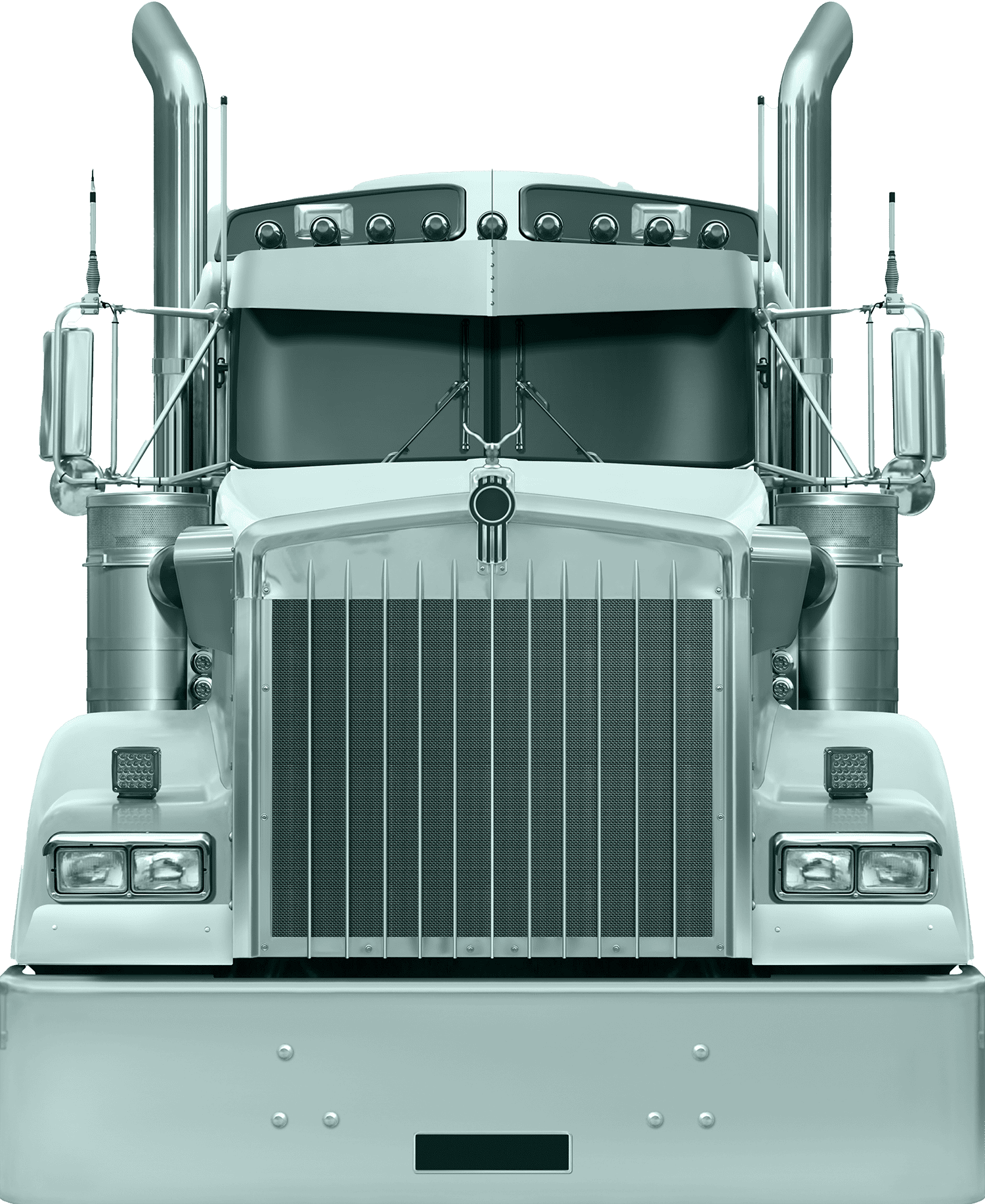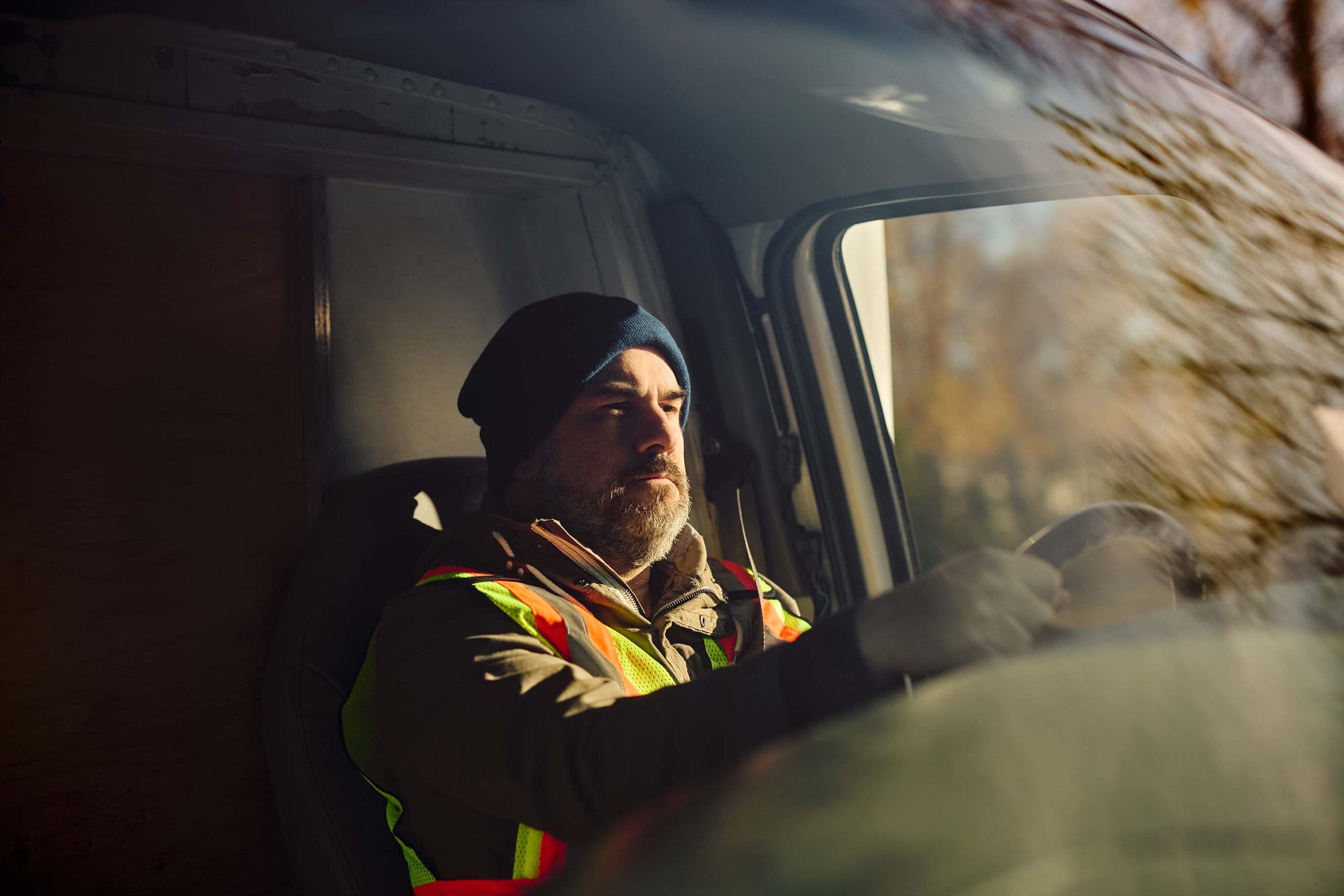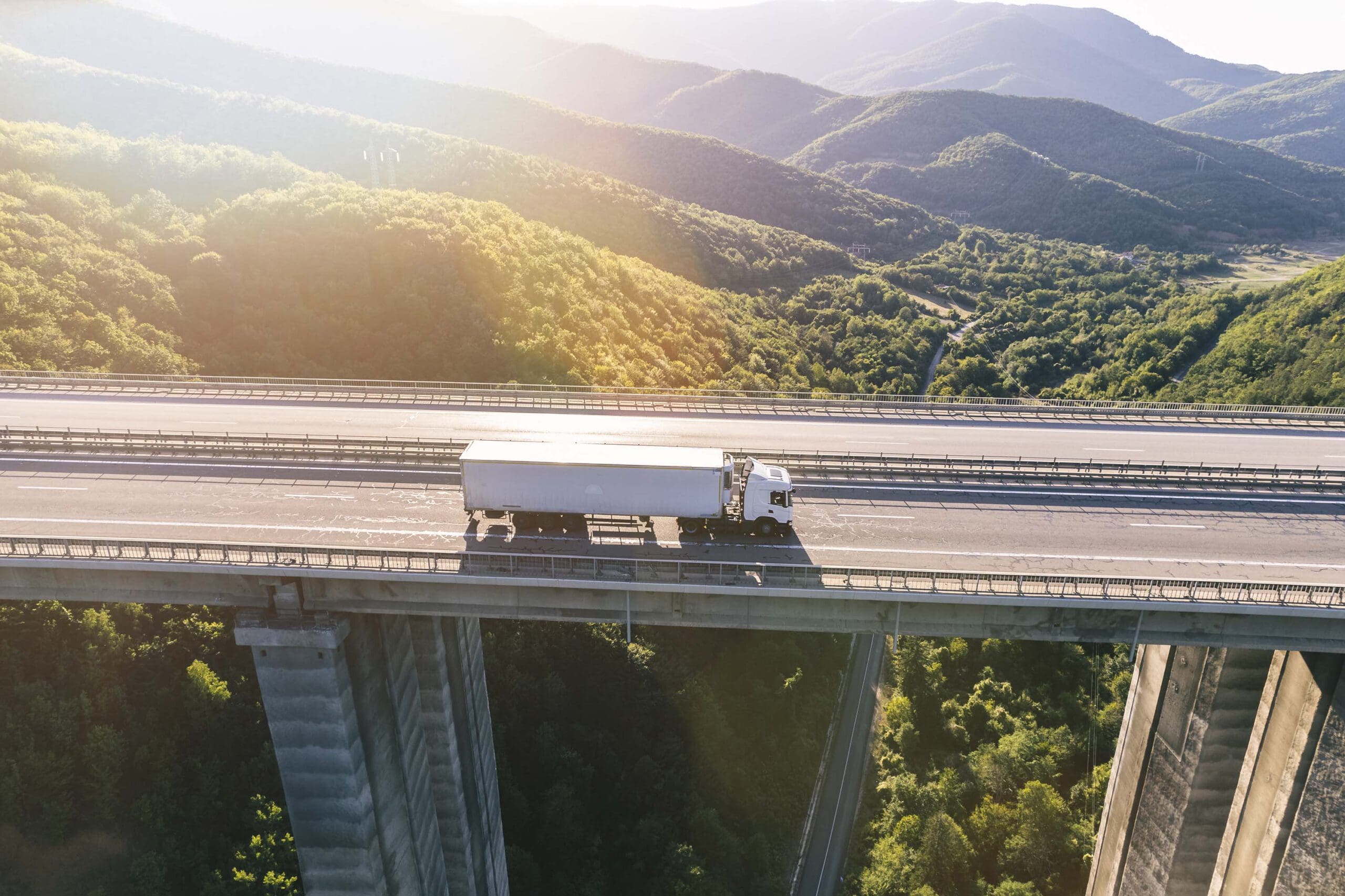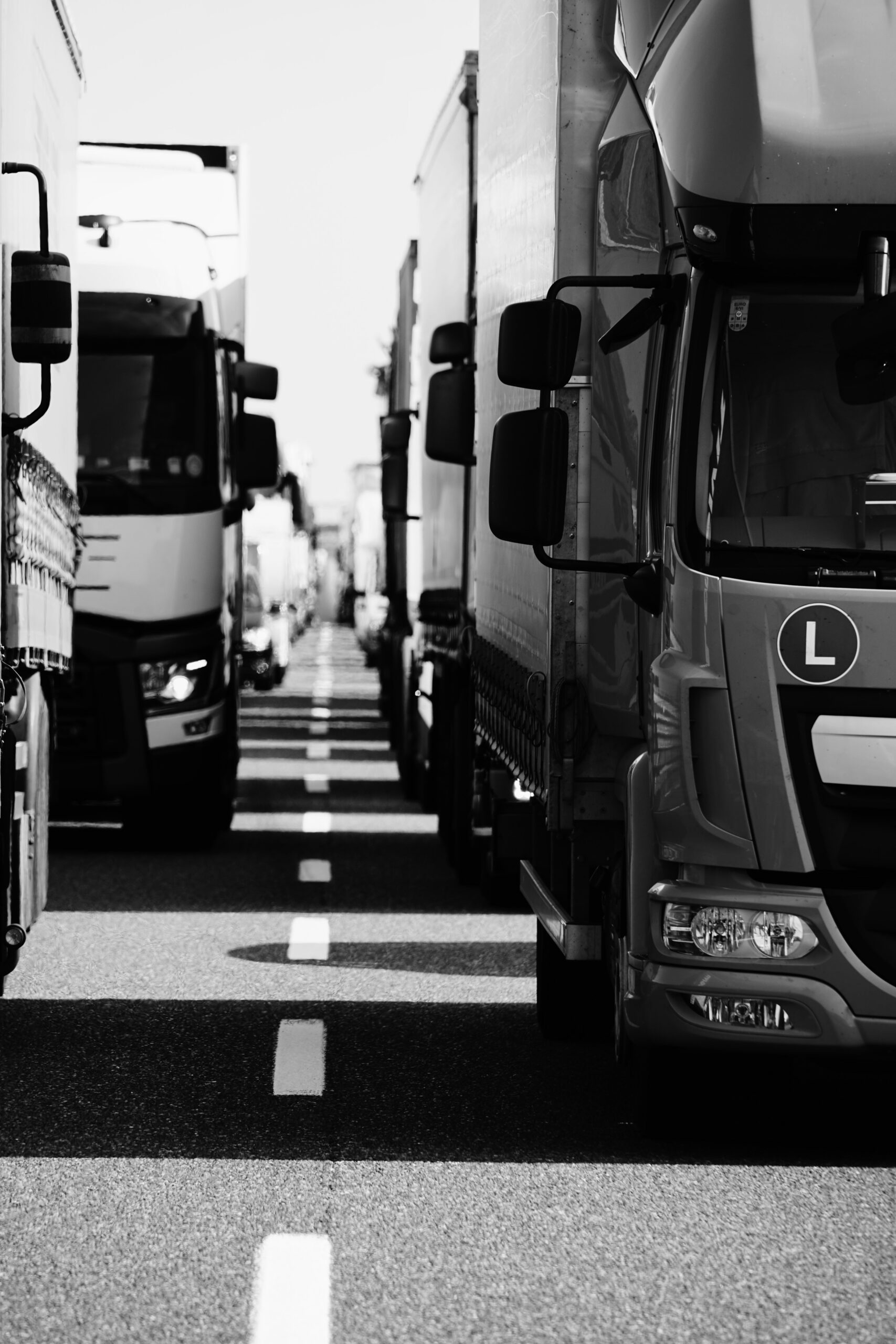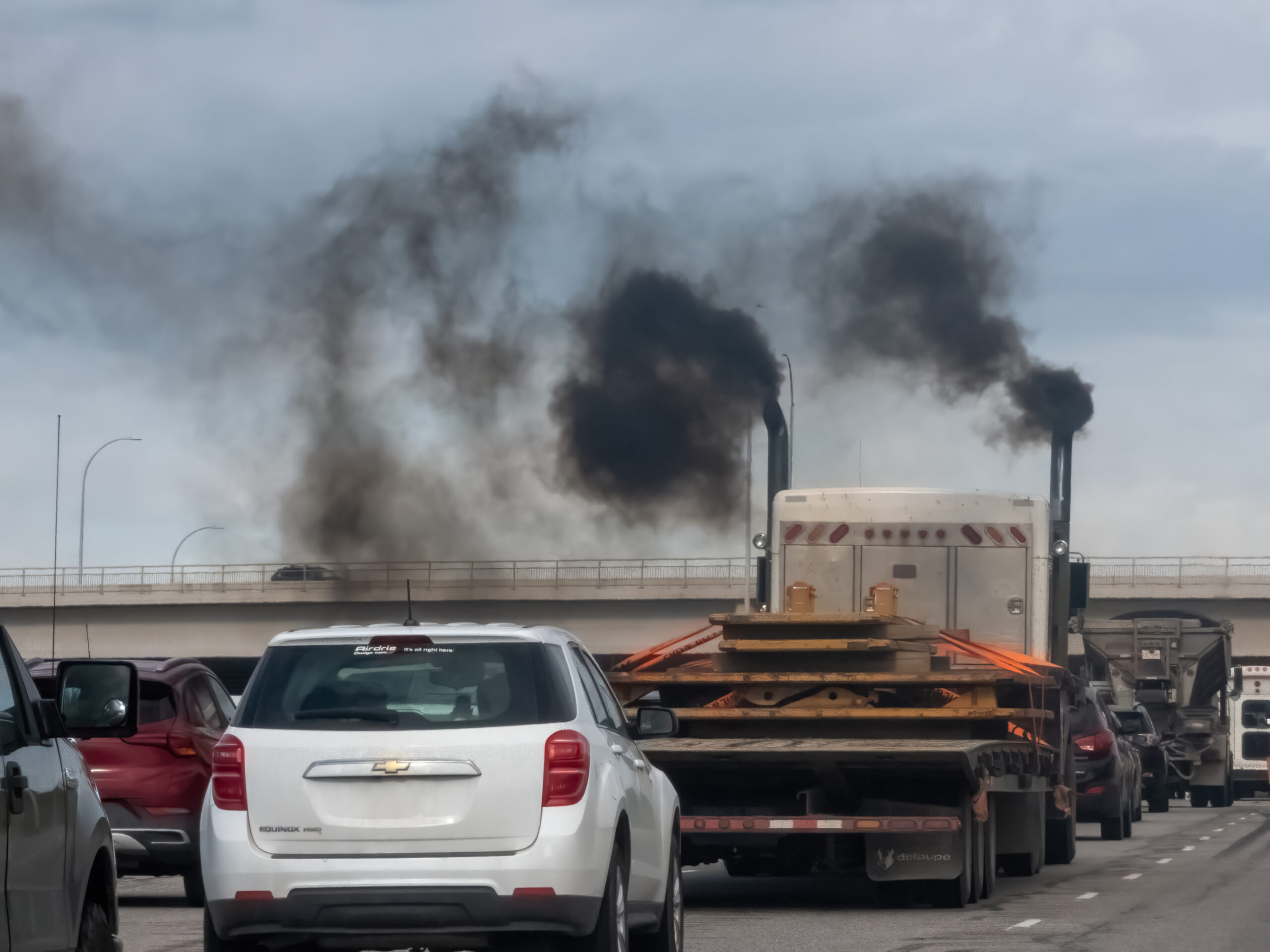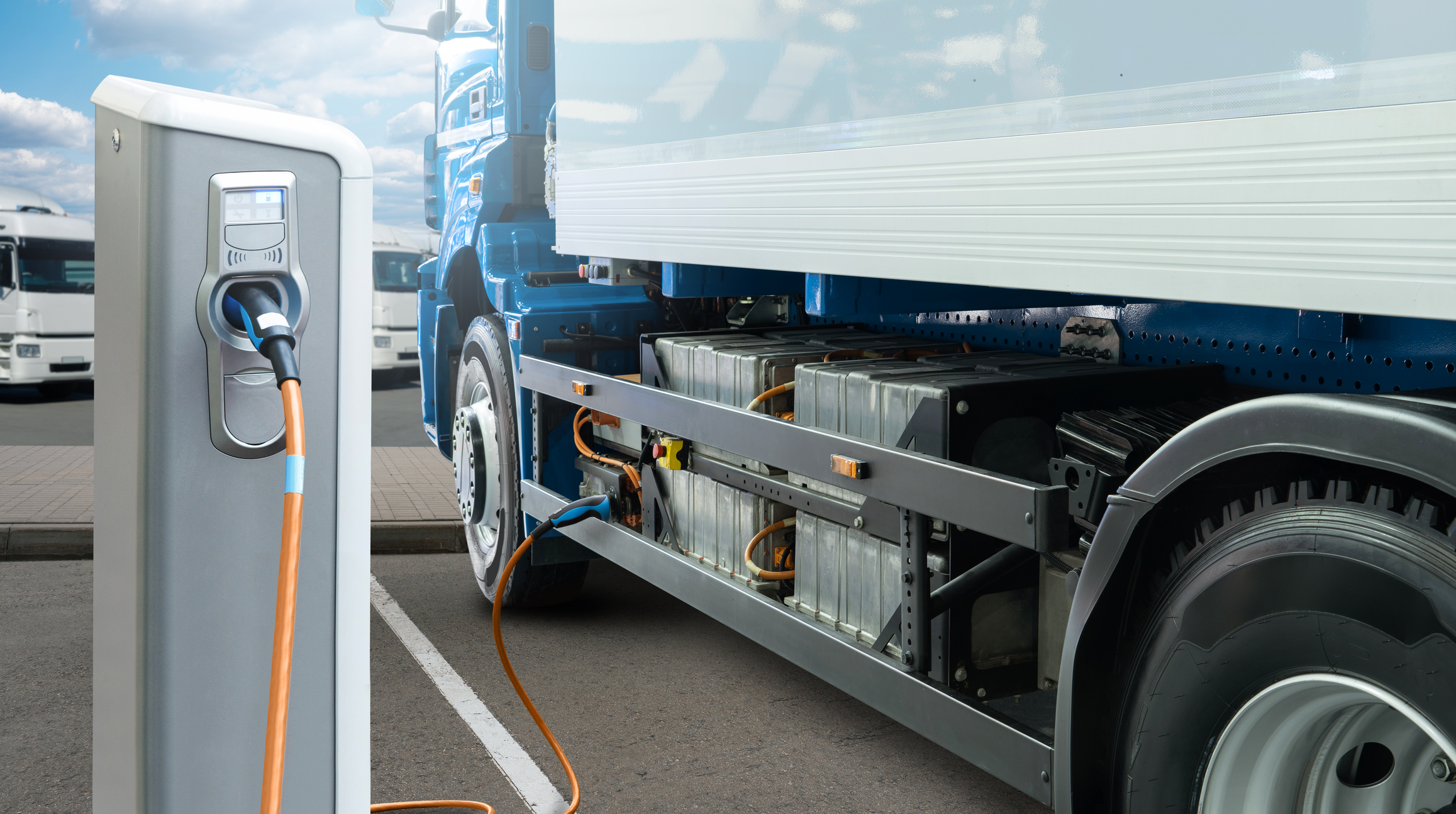
Challenge to clean trucks agreement is an attack on trucking industry, say experts
A challenge by the Western States Trucking Association to a deal agreed by truck manufacturers to remain neutral on regulation boosting electric trucks is an attack on the future of the trucking industry, say experts.

